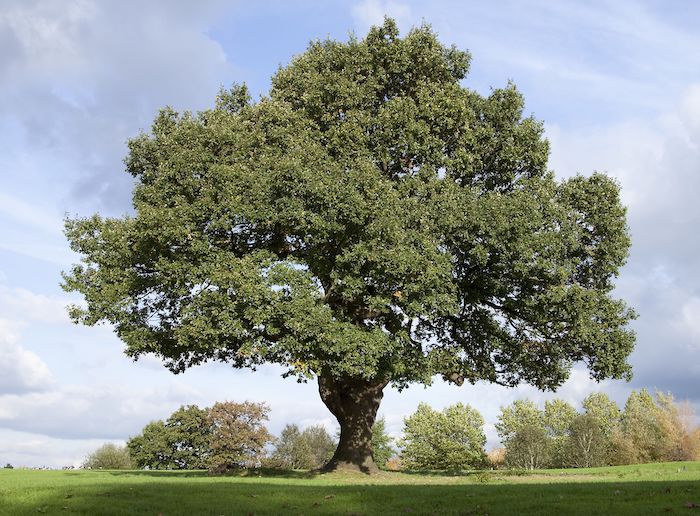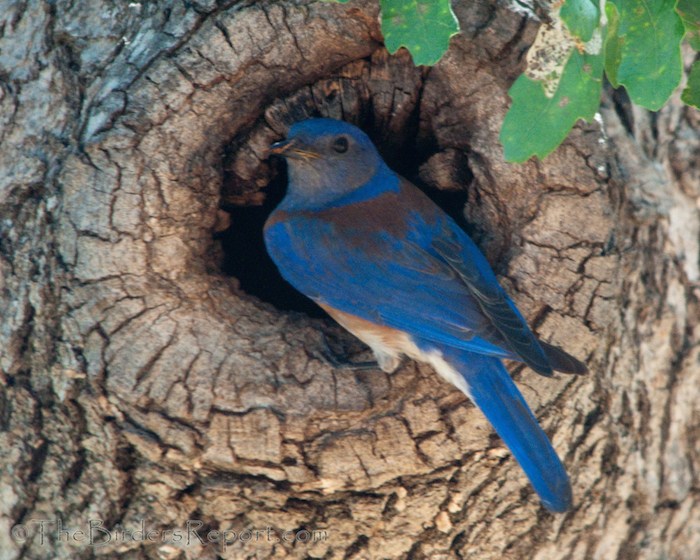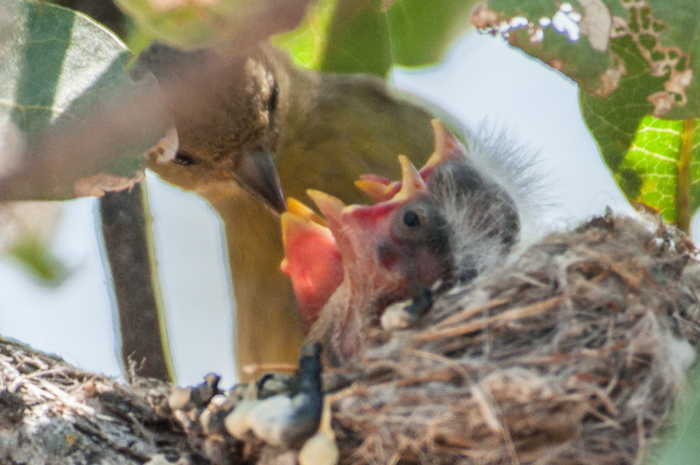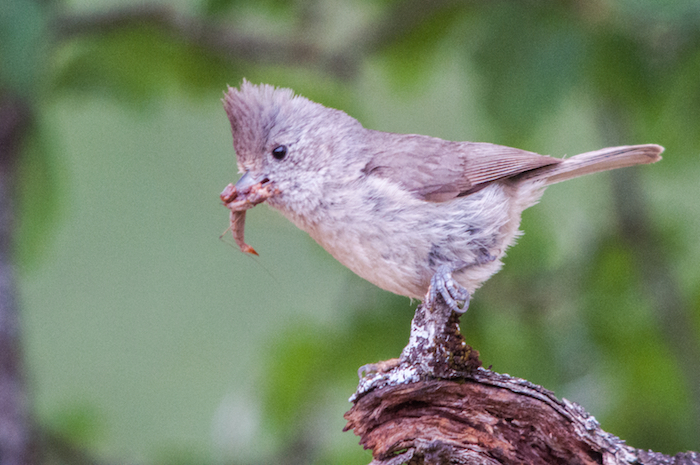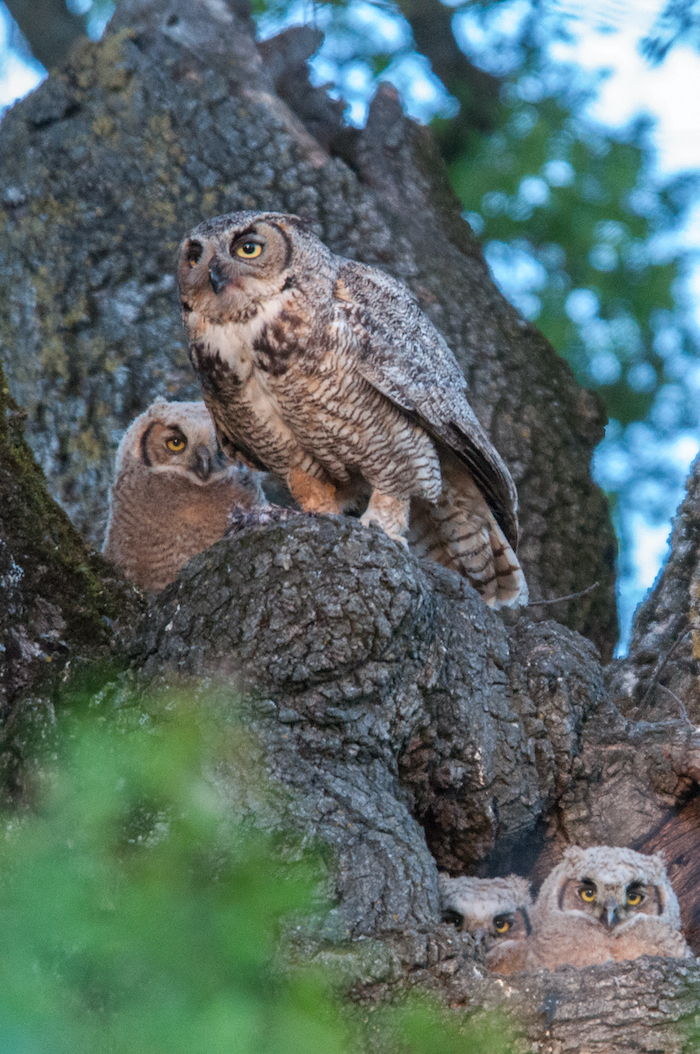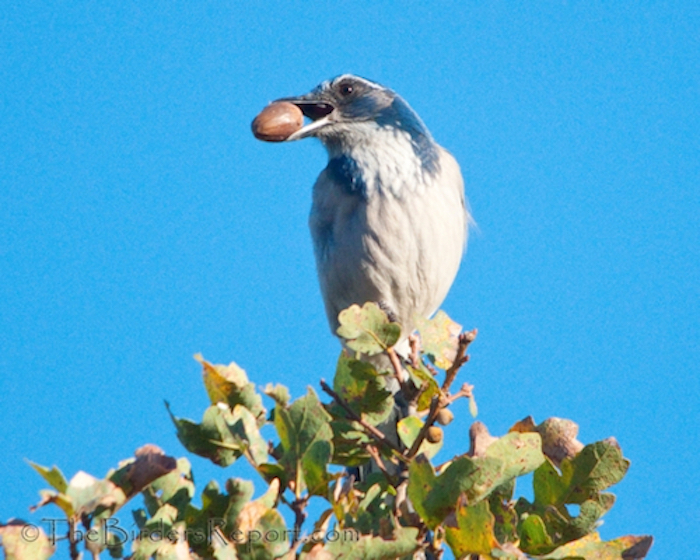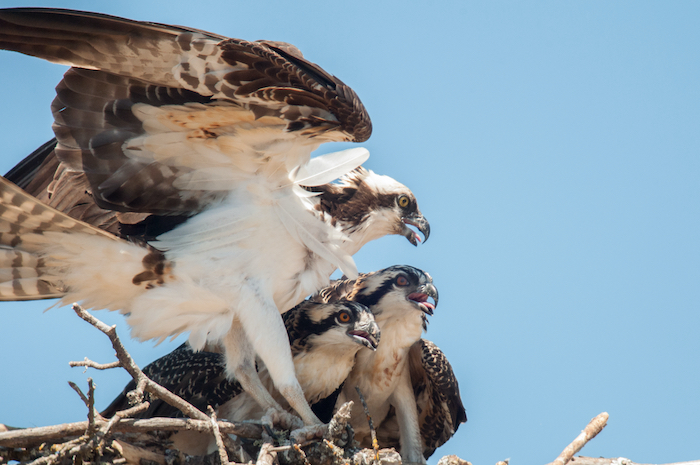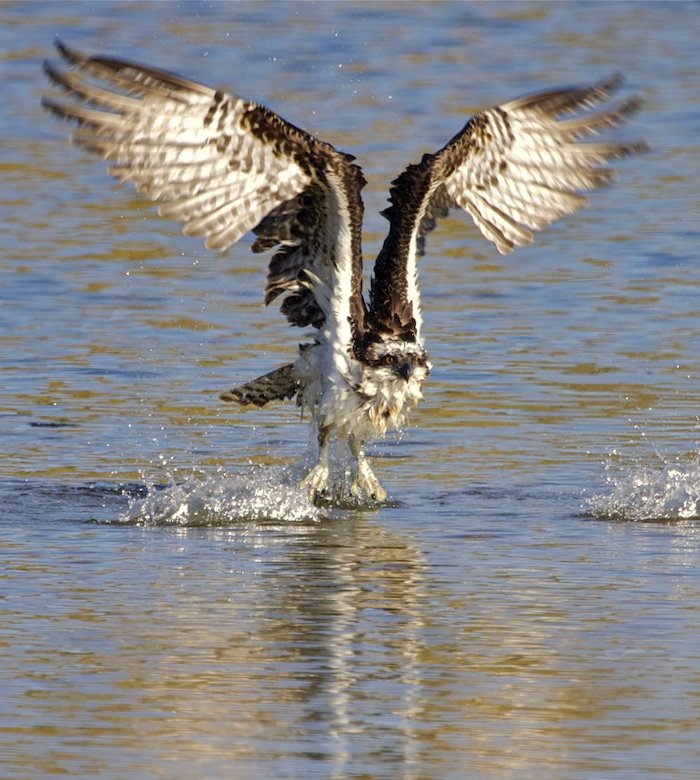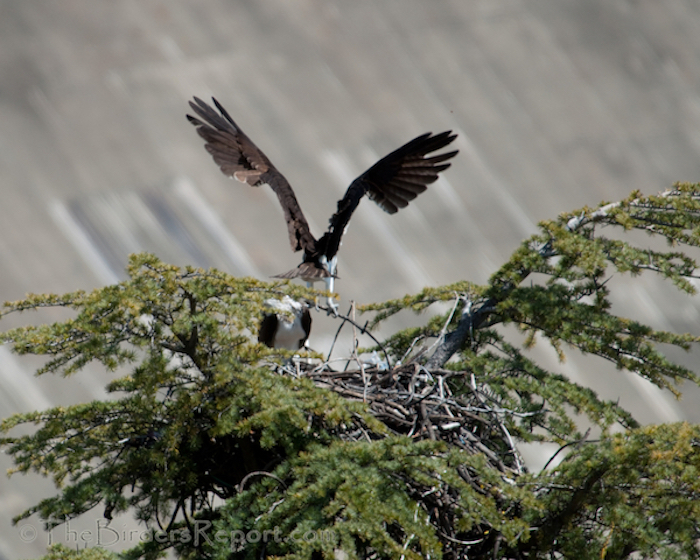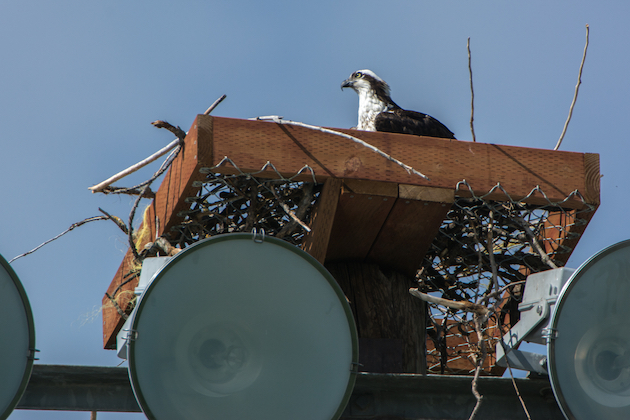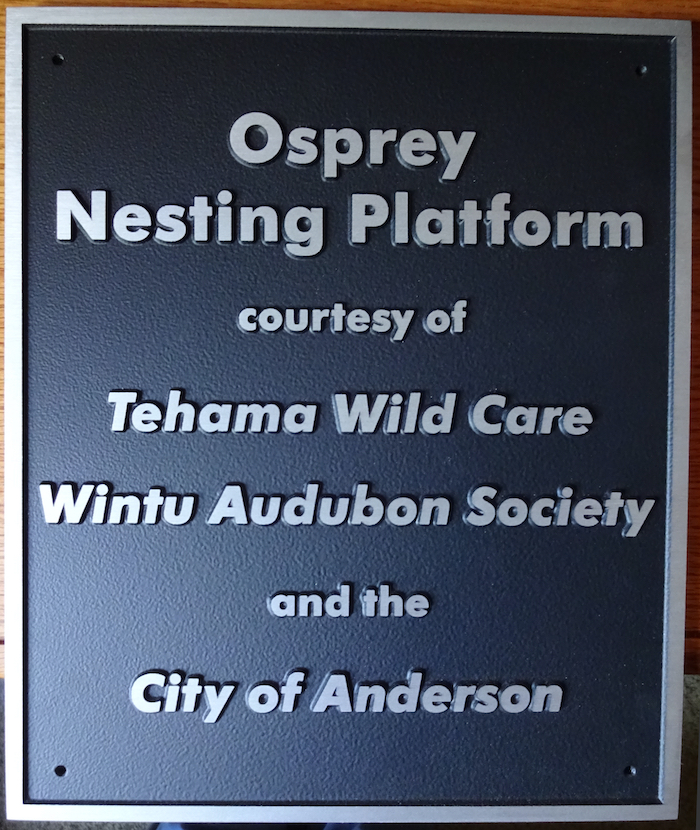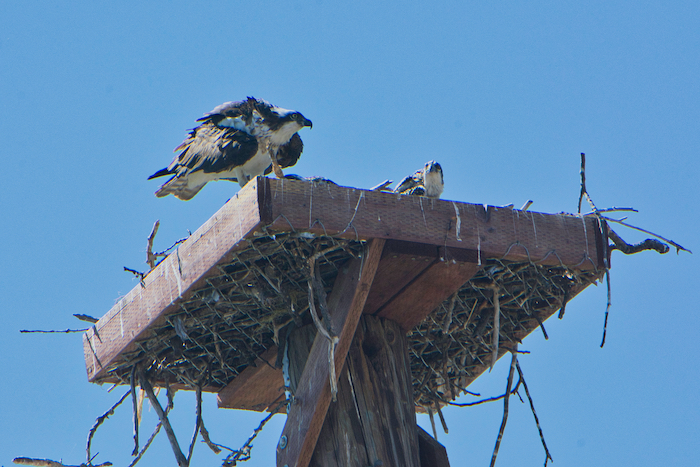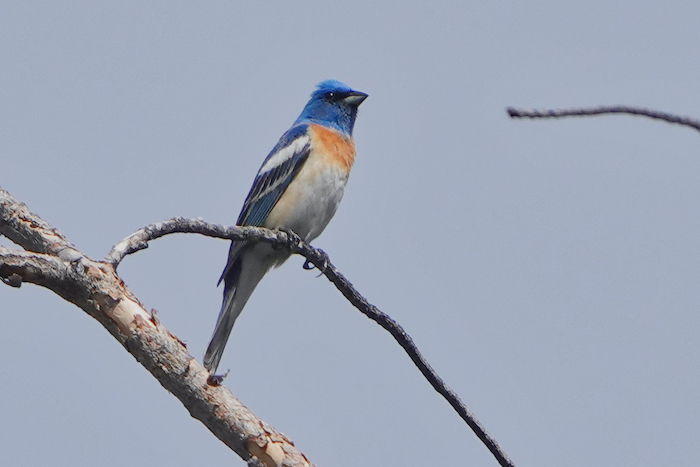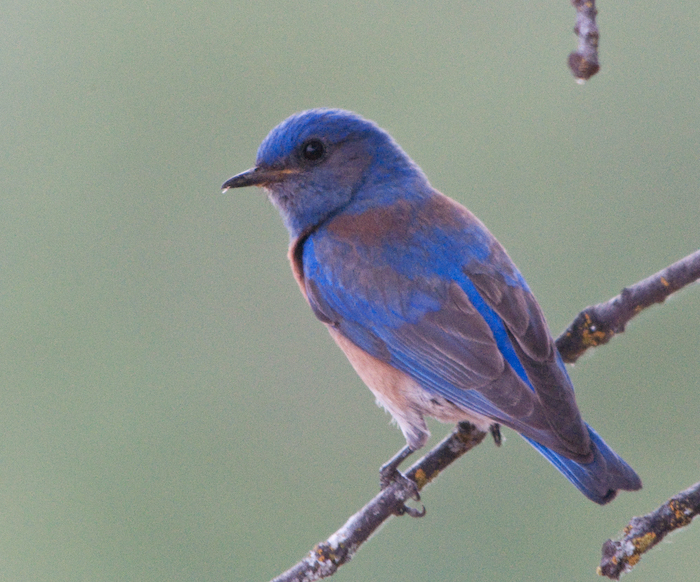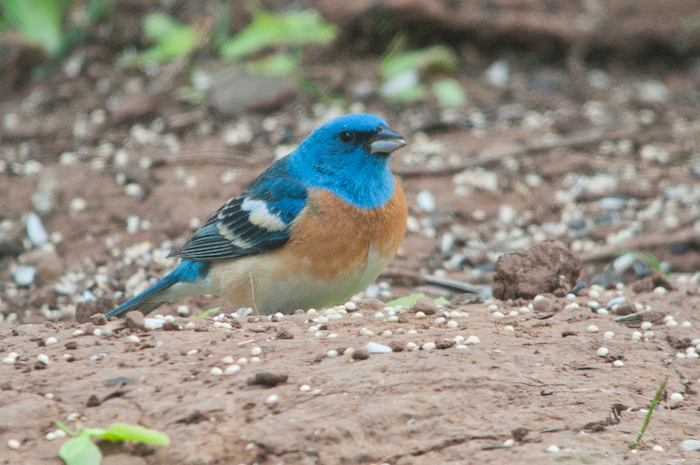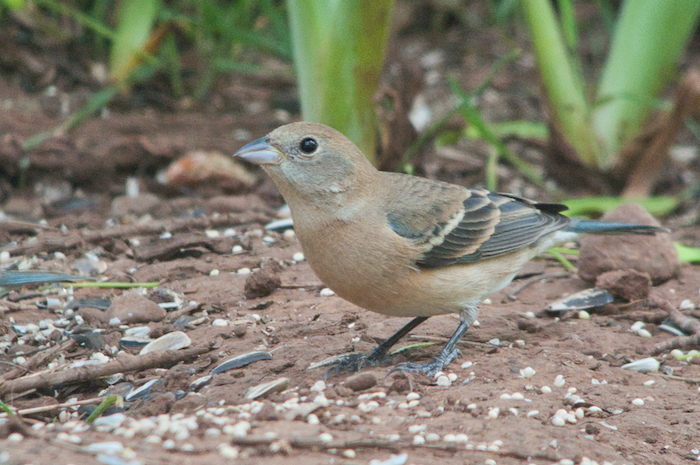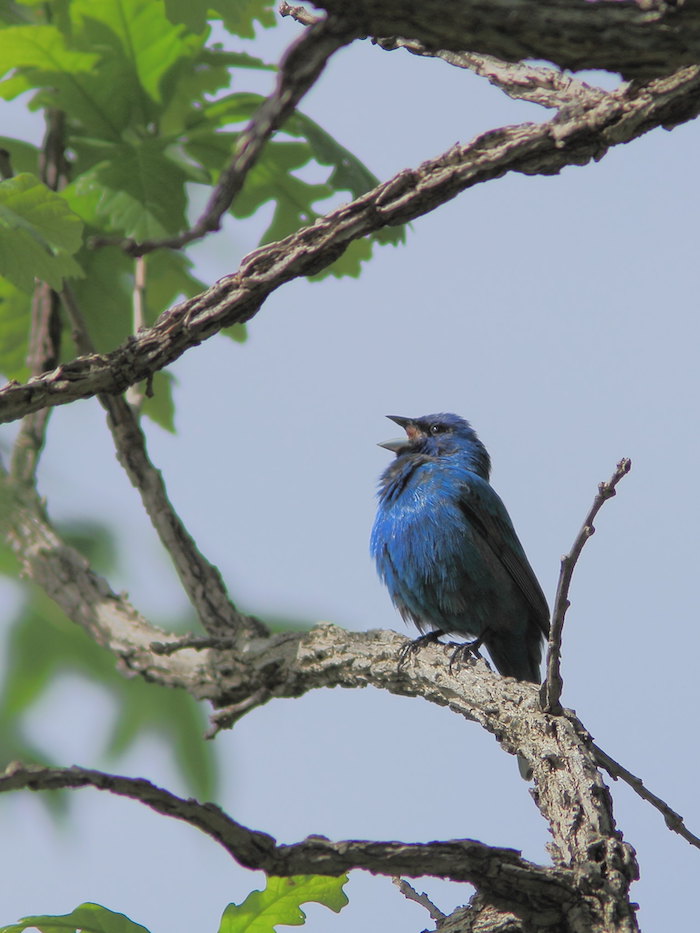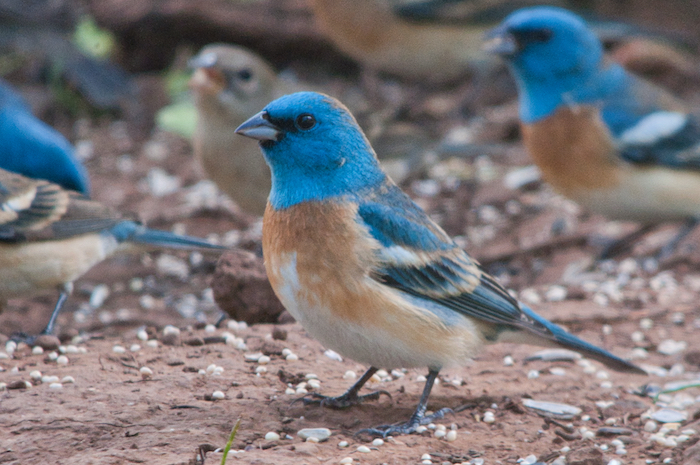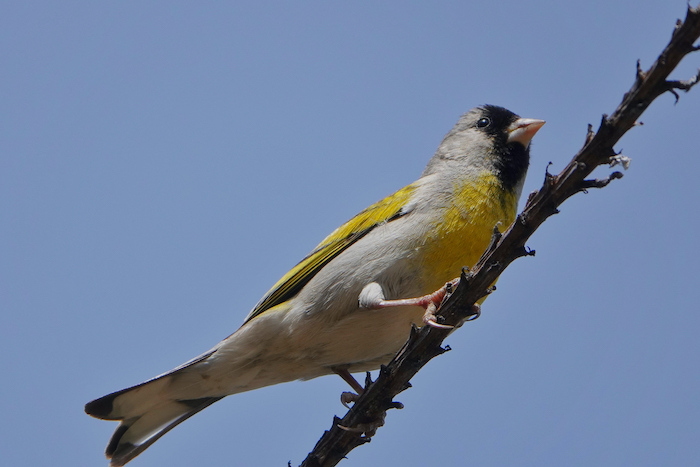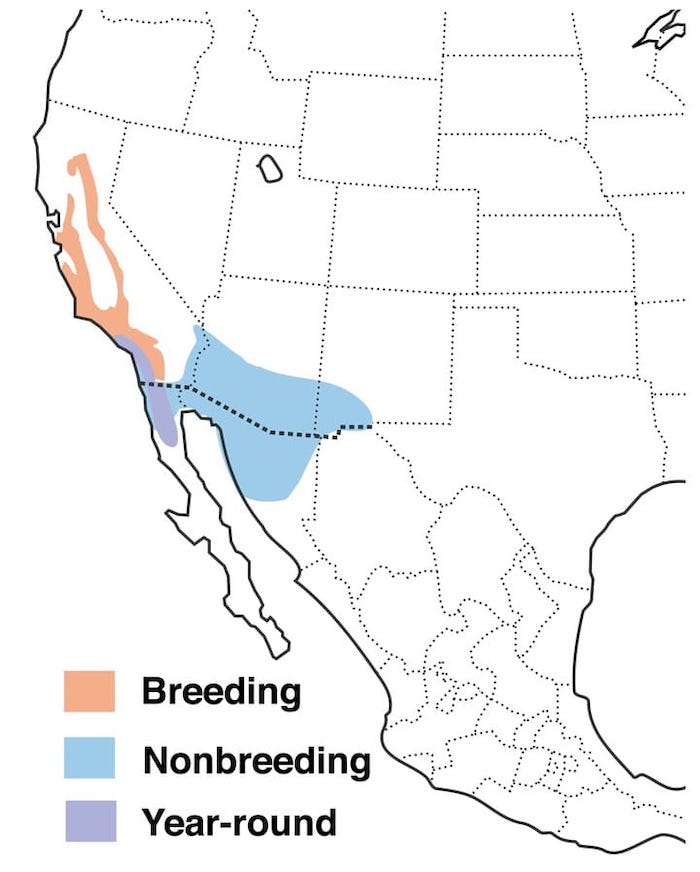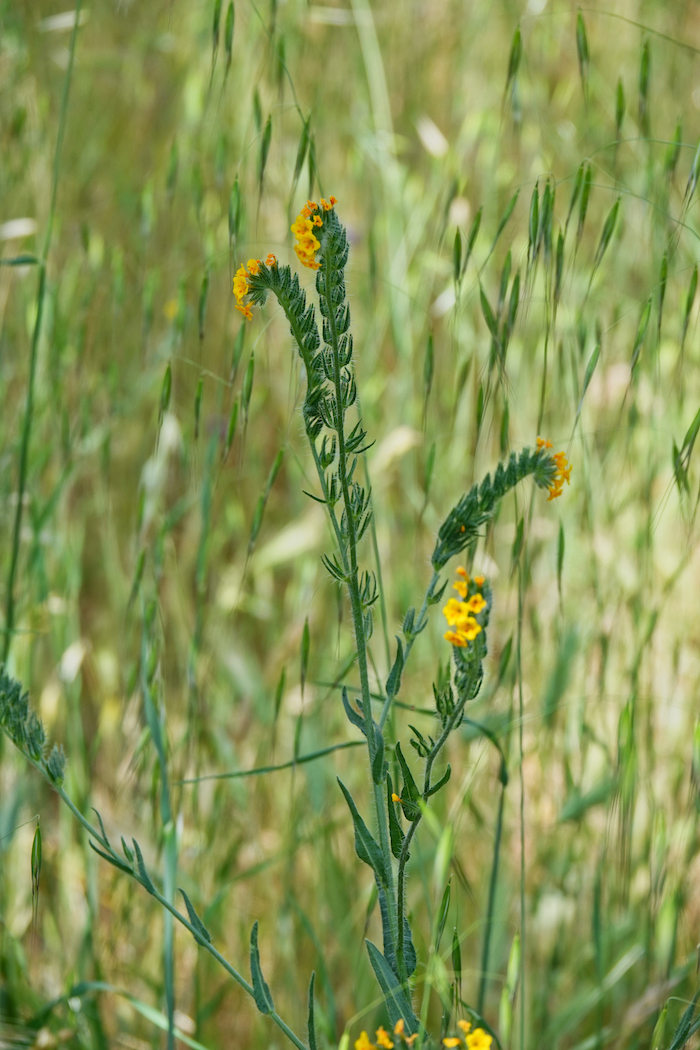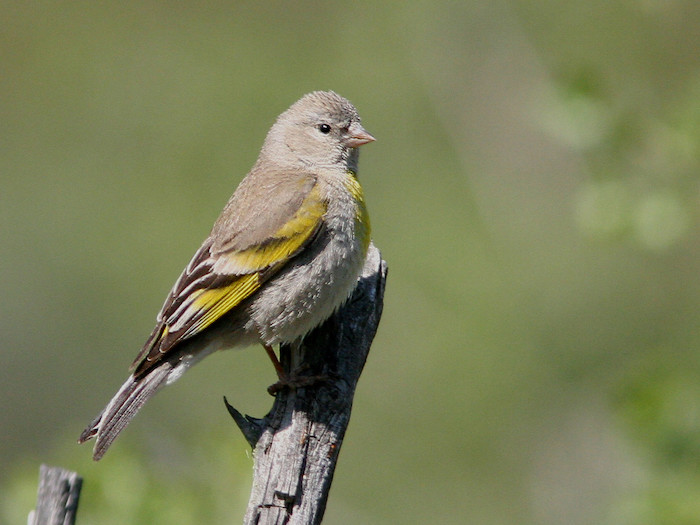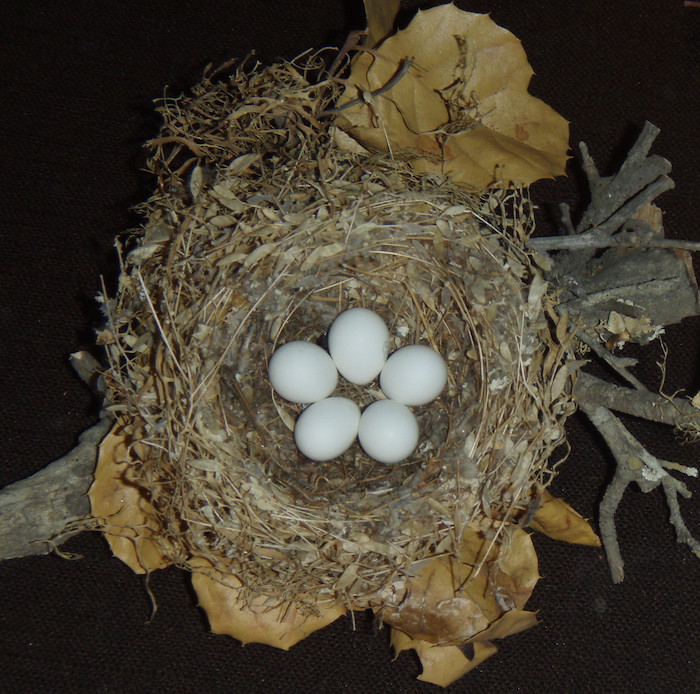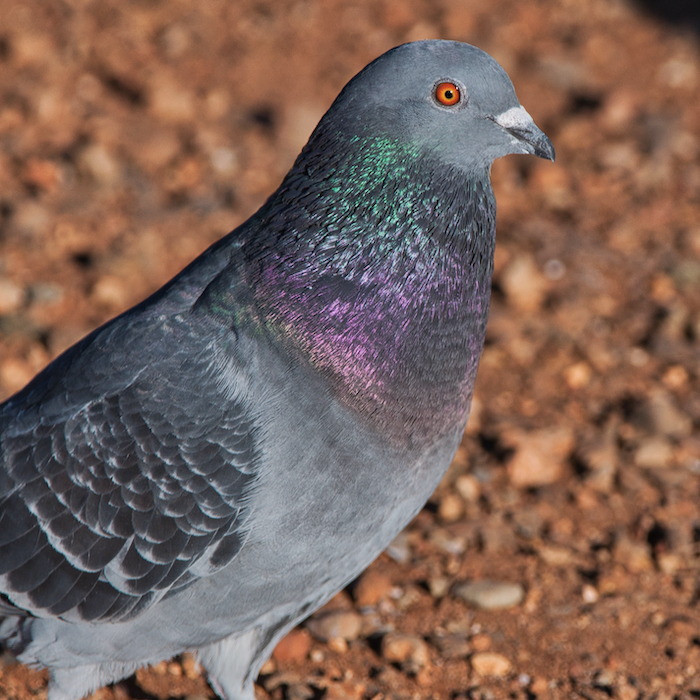
Rock Pigeon
For better and for worse, many species have cast their lot with humans. Dogs, cats, barnyard and feedlot animals, plants that feed and house us, many bacteria that make us their home, and of course many viruses, too, all prosper or fail in accord with our disposition. Among birds, rock pigeons have closely associated with us for some five thousand years.
Living with people for that long has created changes in the species. These birds, familiarly known as “city pigeons,” have expanded their range from the Mediterranean to temperate regions around the world, following the proliferation of granaries that concentrate the grains they eat and architectural ledges that mimic the rocky cliffs where they historically roosted and nested. Of course, human reaction to them has varied. The birds are sometimes reviled for soiling revered monuments, and sometimes loved for the same action. They are both disparaged as “winged rats” and honored as beauties that invite our kindness for just “tuppence a bag.”
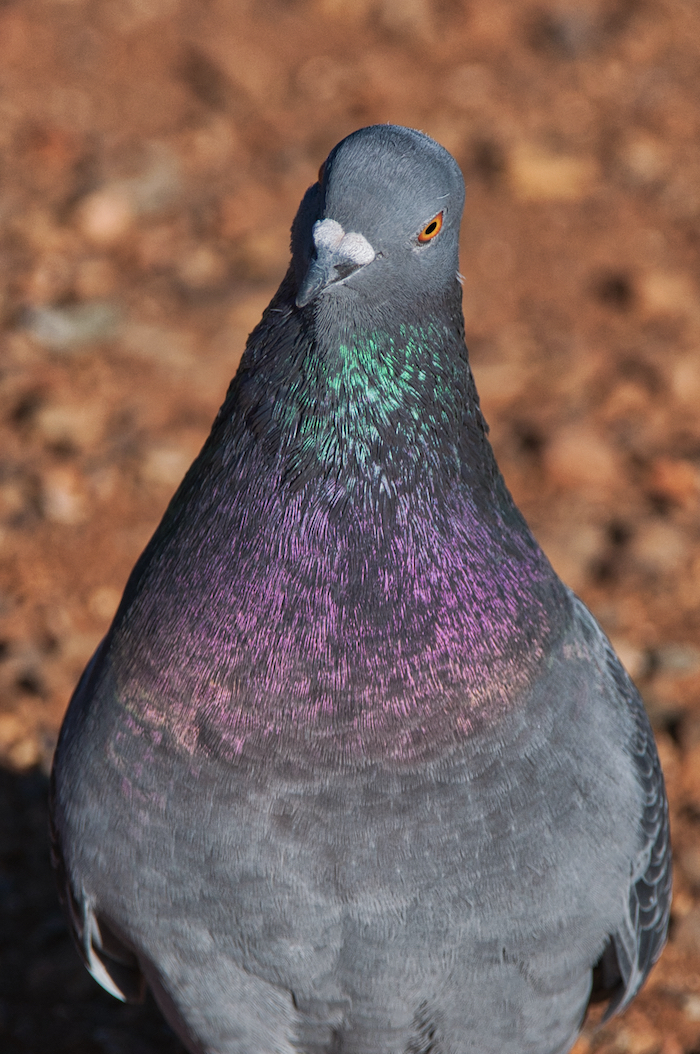
Rock Pigeon
When we take time to observe them, the beauty of their smooth, rainbow iridescence is evident. Living in and out of domestication for five millenia, they have been bred into many forms–rusty browns, ivory whites, sooty blacks, and endless mixes of those hues. Some variation of the historic wild form seems most prevalent: an orange eye in a slate-colored head that blends into a lustrous green neck, lavender shoulders, pale ashen wings with two black bars, perhaps a white rump, and a dark tail tipped in black. To an attentive viewer, their feet in good light stand out like their eyes: pink, sometimes with eye-popping brilliance.
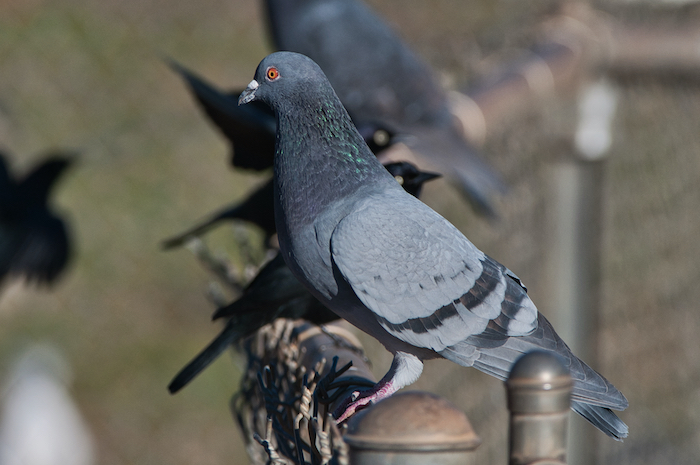
Rock Pigeon
Some domestic rock pigeon strains, notably the homing pigeon and the carrier pigeon, have been bred for specialized uses. Rock pigeons navigate effectively by sensing the Earth’s magnetic field and noting the position of the sun. With that navigational prowess, these birds have been bred into service for the sport of pigeon racing.
For that same skill they have been pressed into military service. Smaller pigeons are usually called doves, symbols of peace, so making rock pigeons into tools of war is a curious case of beating ploughshares into swords. Julius Caesar used them to carry military messages, a practice that continued through WWII. The birds then were also trained as suicide missile guidance systems. Riding in the missile, they would peck at their target through a window; the location of their pecks would guide the missile to the target.
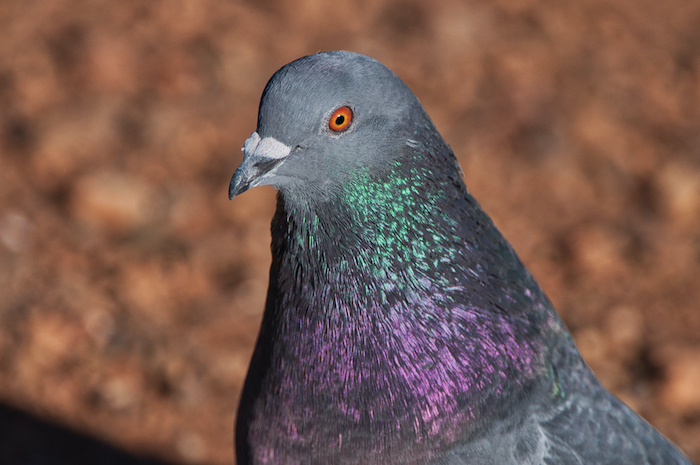
Rock Pigeon
For themselves, rock pigeons are prolific breeders. Males select a nest site on a ledge and coo to woo a female to it. He subsequently delivers twigs to her, which she arranges into a flimsy nest. She lays one to three eggs. Like other pigeons, both parents feed the young “pigeon milk,” a high protein, high fat secretion from their crops. The young grow so quickly on this fare that the pair can repeat the nesting process as many as six times a year if conditions of food, water, and security are right.
Despite their fertility, abundance, and widespread range, rock pigeons have not avoided the worldwide decline of living things. Their North American population has fallen by about half in the last fifty-five years.

